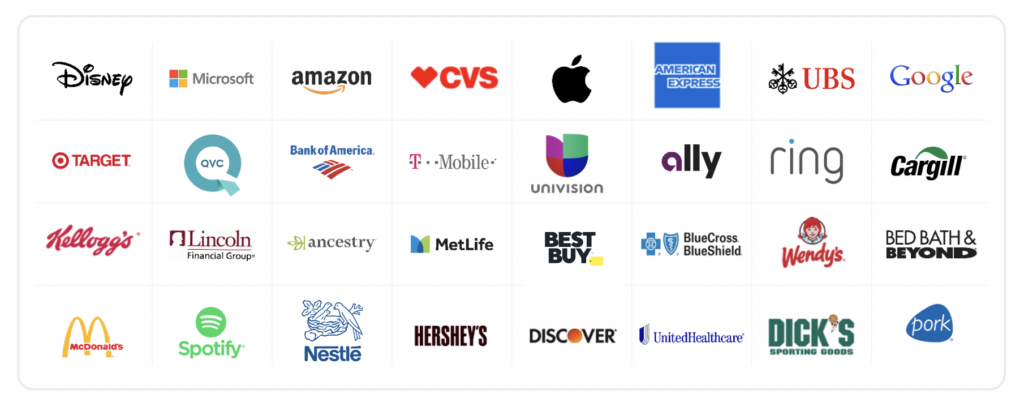Marketing and consumer insights leaders are hard-pressed to track and predict how consumers are responding to today’s challenging economic conditions, market trends, and competition. Time is of the essence – even armed with high-quality market research from survey panels, consumer preferences can change at the drop of a hat. Strategies that perform well today may not tomorrow.
The CivicScience InsightStore helps brand leaders make strategic and forward-looking decisions by engaging with consumers across the web in real-time. Our rigorous ‘always-on’ methodology means users get up-to-the-minute consumer insights. And our user-friendly, AI-powered platform is designed so that brands can quickly turn insights into consumer-centric strategies that get results.
Here are three top consumer spending trends we’re seeing from the InsightStore:
Trend 1: Americans Are Cutting Back on Spending in Certain Areas
A considerable amount of consumers say they are cutting back on spending across most categories. Just over 3-in-4 U.S. adults (77%) say they have reduced or plan to reduce spending in one or more categories tracked by CivicScience, up one point since May 2022 (76%).
Month-over-month monitoring of expected spending in specific categories shows:
- Consumers continue to cut back the most on dining out, clothing, toys/hobbies/gifts, and entertainment.
- Food delivery and streaming services are other key areas where consumers are scaling back or planning to do so.
- On the other hand, less than a third plan to reduce spending on necessities like gas and groceries.
- With travel season underway, 44% plan to cut back on travel, likely focusing more on cost-effective vacations. However, unlike many other categories, this percentage hasn’t fluctuated in the past three months.
Where have consumers become more or less price conscious? Compared to May 2022, far fewer Americans plan to cut back on gas (a 10 percentage-point difference), as gas prices are more stable this year. Likewise, fewer are reducing spending on travel (down 5 percentage points).
Clothing, household items, personal care items, groceries, and streaming services are all up from May of 2022, meaning consumers are currently looking to reduce spending in these areas slightly more now than at this time last year.
Trend 2: Expected Spending Patterns Vary by Age
Expected spending cuts differ by age. Adults under age 35 are more likely than older adults to reduce spending overall when compared to the general population. However, how they plan to cut back varies widely. A closer look shows younger adults are more likely to cut back on groceries and gas than older adults, while they are far less likely to reduce spending on dining out, entertainment, travel, and clothing.
Trend 3: Most Consumers Think a Recession Is Here or Coming, Likely Influencing Spending Patterns
Compared to last May/June, overall concern over inflation and economic recession has cooled among U.S. consumers. Even so, 91% of adults express some level of concern about inflation, while 86% are concerned about a potential U.S. recession (monthly averages for May).
Tracking data show more than 3-in-4 Americans believe the U.S. economy is either currently in a recession or will enter into one in the future. Slightly more believe that a recession is on its way than is already here.
Data further show that outlook on a recession correlates with spending expectations. Consumers who believe a recession is already here are the most likely to cut back spending in one or more categories (82%), whereas those who believe a recession is on its way are slightly less likely to do so (80.5%). In comparison, those who do not think a recession is here or coming are far less likely to reduce spending (60%). This suggests that consumers’ expectations related to an economic recession may be influencing their likelihood to spend.
Want to know how other beliefs, opinions, and shopping habits are impacting how consumers plan to spend in the months ahead? Work with us.
CivicScience helps brand leaders to:
+ See changes happening in the market and predict what’s next
+ Stay ahead of rapidly changing consumer preferences
+ Build winning data-backed strategies that drive results
+ Visualize a 360-degree view of consumers through demographic, behavioral, cultural, & other contextual metrics
+ Track and navigate disruption from challenger brands
Our clients include:

“CivicScience surfaced the one game-changing insight that our army of analysts, consultants, and agencies couldn’t find.”
– David Feick, VP of Insights, T-Mobile








